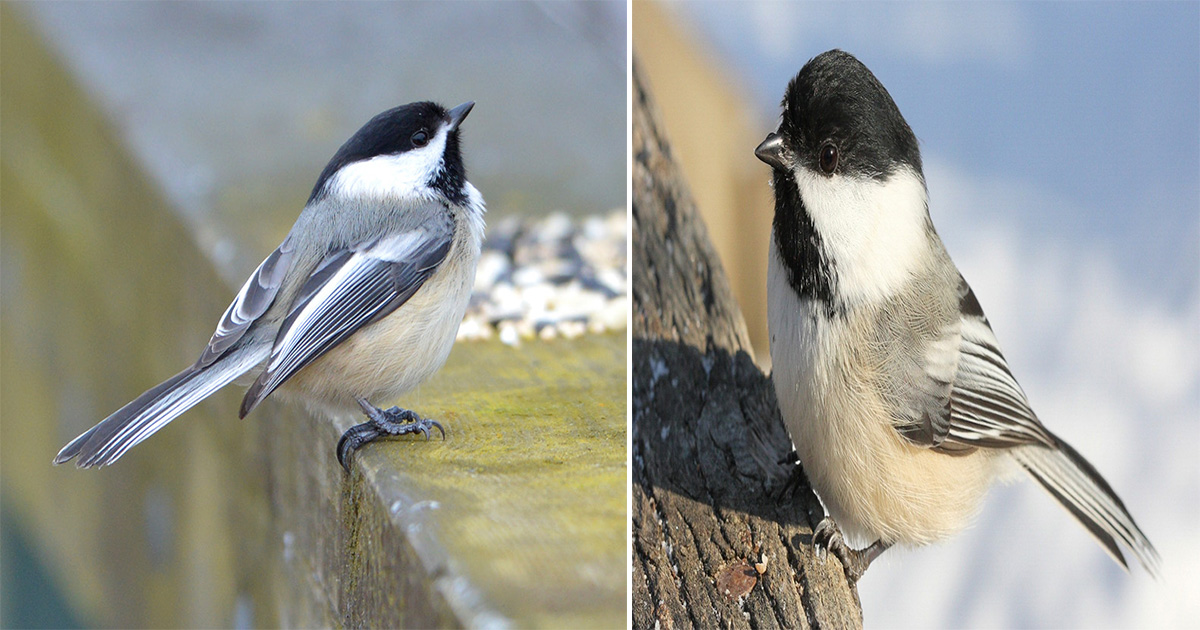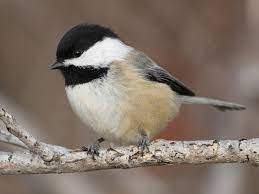
The Black-capped Chickadee (Poecile atricapillus) is a small, yet captivating bird that is native to North America. With its distinct black cap, white cheeks, and soft gray feathers, it has become an iconic symbol of the region’s avian diversity. But beyond its charming appearance, the Black-capped Chickadee is also known for its delightful songs and remarkable behaviors.
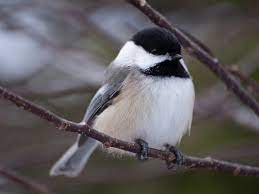
One of the most endearing characteristics of the Black-capped Chickadee is its cheerful and melodic song. Its clear, whistled “chick-a-dee-dee-dee” call is a familiar sound in woodlands, parks, and even suburban neighborhoods. This song serves multiple purposes for the bird, including communication with other members of its flock, establishing territory, and attracting mates. The Black-capped Chickadee’s song is a welcome melody that adds a touch of joy and serenity to the natural surroundings.
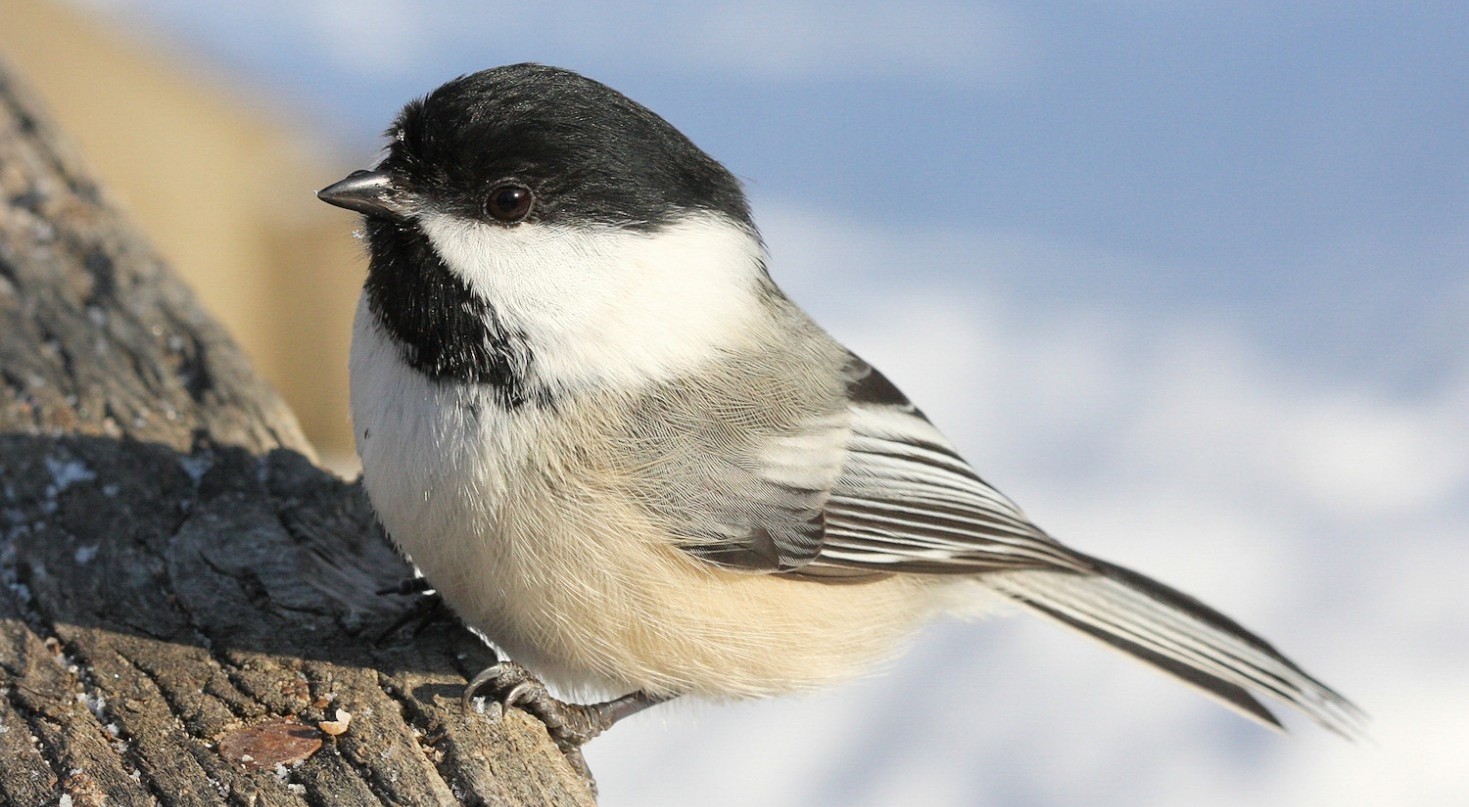
In addition to its melodious voice, the Black-capped Chickadee is admired for its curious and friendly nature. These birds are known to be bold and unafraid of human presence, often approaching feeders or even perching on outstretched hands of bird enthusiasts. Their fearlessness and inquisitiveness make them a favorite among birdwatchers and nature enthusiasts, as they provide an up-close and personal experience with these charming creatures.

Another fascinating aspect of the Black-capped Chickadee is its remarkable ability to adapt to different environments and climates. These birds can be found in a variety of habitats, including forests, woodlands, and even urban areas. They are incredibly resourceful when it comes to finding food, often caching seeds and insects in hidden locations to sustain themselves during harsh winter months when food is scarce. Their small size and agile nature allow them to navigate through trees and foliage with ease, searching for insects and other food sources.
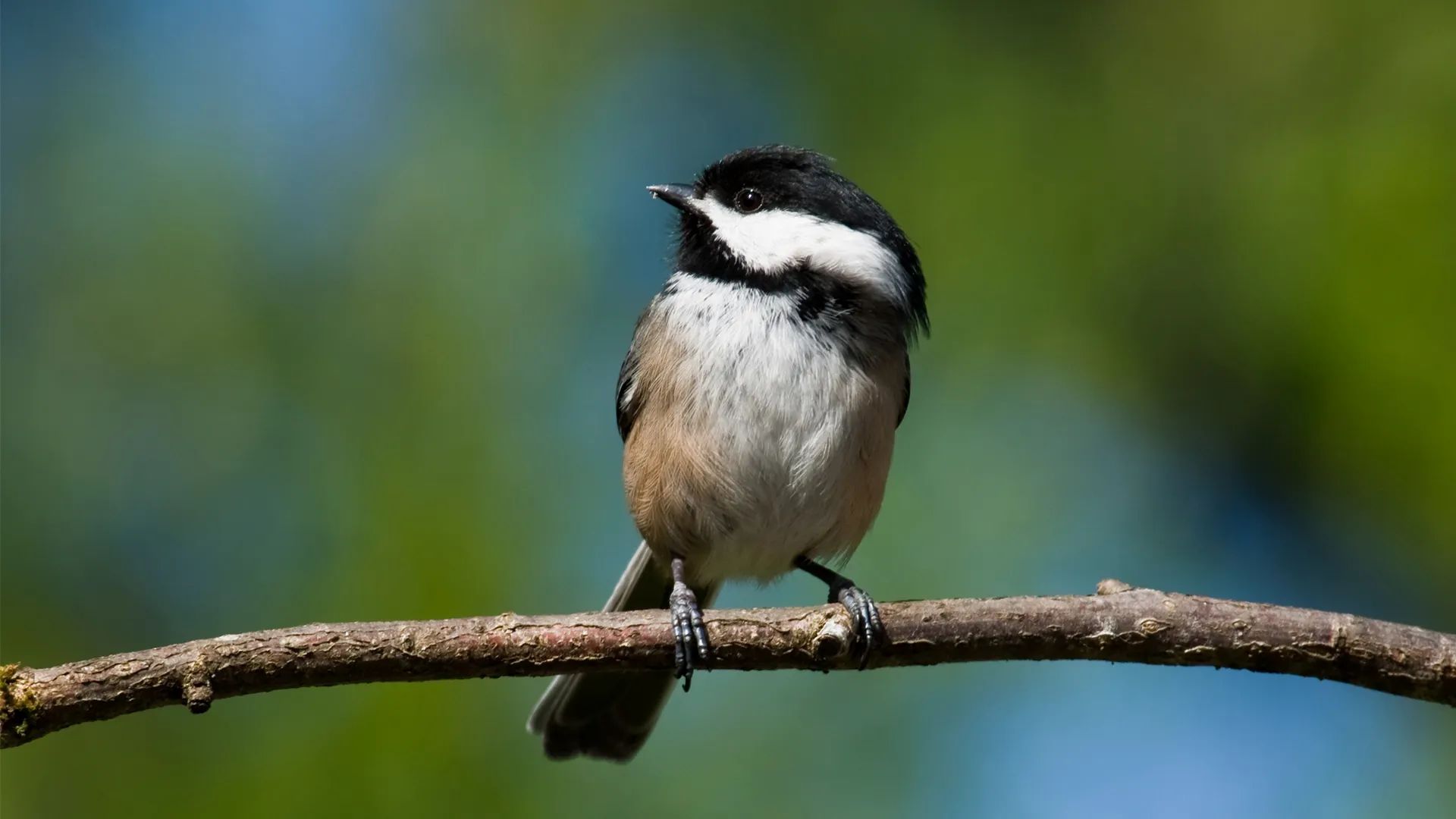
The Black-capped Chickadee is also known for its unique behavior known as “mobbing.” When they encounter a potential threat, such as a predator or larger bird, they gather together in a group to confront and deter the intruder. This collective defense strategy not only protects individual birds but also serves as a lesson for other species that might pose a threat. It is an impressive display of unity and cooperation among these tiny songbirds.
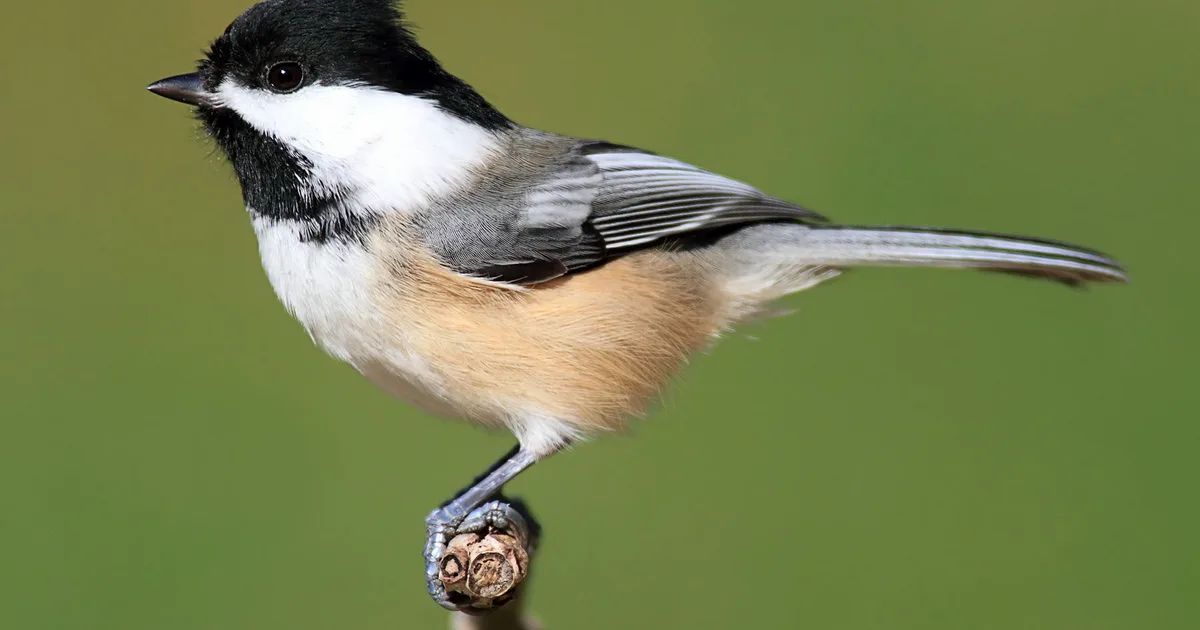
Conservation efforts are crucial to ensuring the continued presence of the Black-capped Chickadee in North America. Preservation of its natural habitats, including forests and woodlands, is essential for their survival. Additionally, providing bird feeders with seeds and suet during the winter months can help sustain their populations and contribute to their well-being.
The Black-capped Chickadee is a testament to the beauty and resilience of North America’s birdlife. Its enchanting song, friendly demeanor, and adaptable nature make it a beloved species among birdwatchers and nature enthusiasts. By appreciating and protecting these charming songbirds, we contribute to the preservation of our natural heritage and the delicate balance of ecosystems they inhabit.
